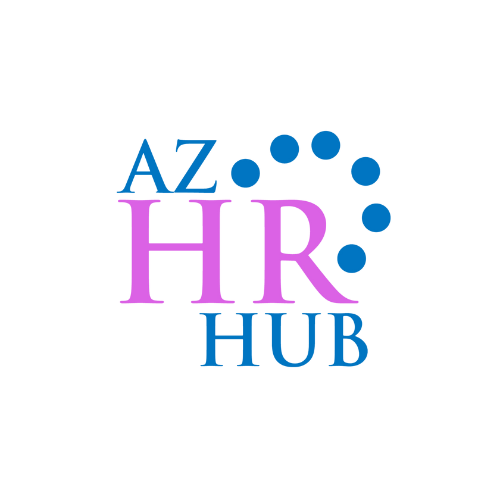Using Data to Drive HR Decisions
In the dynamic landscape of human resources, data-driven decision-making has emerged as a crucial factor for organizational success. HR metrics and analytics play a pivotal role in shaping strategic decisions, enhancing employee engagement, and optimizing overall workforce management. In this blog post, we'll delve into the importance of leveraging data in HR and explore key metrics along with insights on how to analyze them effectively.
The Power of Data-Driven HR Decisions
Strategic Alignment: In the digital era, HR professionals are no longer confined to traditional methods. Data empowers HR teams to align their strategies with organizational goals, ensuring that every decision contributes to the overall success of the company.
Enhanced Recruitment Processes: Analytics can transform the recruitment landscape by providing valuable insights into the effectiveness of various sourcing channels, candidate experience, and time-to-hire. By analyzing this data, HR teams can optimize their recruitment strategies to attract and retain top talent.
Employee Engagement and Retention: Understanding the factors that drive employee engagement and retention is critical. HR metrics, such as employee satisfaction scores and turnover rates, offer valuable insights. Analyzing this data allows HR professionals to identify trends, address concerns, and implement initiatives that foster a positive workplace culture.
Key HR Metrics and How to Analyze Them
Turnover Rate: Metric: Percentage of employees who leave the organization within a given time frame. Analysis: Identify patterns in turnover, such as departments experiencing higher rates. Investigate the reasons behind turnover, whether it's related to leadership, work-life balance, or other factors.
Time-to-Fill: Metric: The average number of days it takes to fill a vacant position. Analysis: Assess the efficiency of the recruitment process. Identify bottlenecks and streamline procedures to reduce time-to-fill, ensuring a faster response to workforce needs.
Employee Productivity: Metric: Output per employee over a specific period. Analysis: Examine productivity metrics in correlation with other factors, such as training programs, work environment, or technology upgrades. This helps in pinpointing areas for improvement and optimizing workflow.
Training and Development ROI: Metric: Measure the impact of training programs on employee performance and overall business outcomes. Analysis: Evaluate the effectiveness of training initiatives by analyzing changes in employee performance, skill acquisition, and the correlation with organizational goals.
Employee Satisfaction and Engagement: Metric: Surveys or feedback scores measuring employee satisfaction and engagement. Analysis: Dive into survey data to identify key drivers of satisfaction and engagement. Use the insights to design targeted interventions that enhance the overall employee experience.
Implementing a Data-Driven HR Strategy
Invest in HR Analytics Tools: Embrace technology that facilitates data collection, analysis, and reporting. Robust HR analytics tools enable HR professionals to generate actionable insights efficiently.
Training and Upskilling: Ensure that HR teams are equipped with the necessary skills to analyze and interpret data. Continuous training on emerging analytics trends will empower HR professionals to make informed decisions.
Collaboration Across Departments: Foster collaboration between HR and other departments. Sharing insights and data across teams breaks down silos and promotes a holistic understanding of organizational challenges.
Regularly Review and Update Metrics: The business landscape is ever-evolving. Regularly review and update HR metrics to ensure they align with current organizational priorities and industry trends.
In conclusion, HR metrics and analytics are indispensable tools for modern HR professionals. By harnessing the power of data-driven decision-making, HR teams can contribute significantly to organizational success, from recruitment and employee engagement to strategic planning. As technology continues to advance, the role of HR in leveraging data will only become more critical in shaping the workforce of the future.


